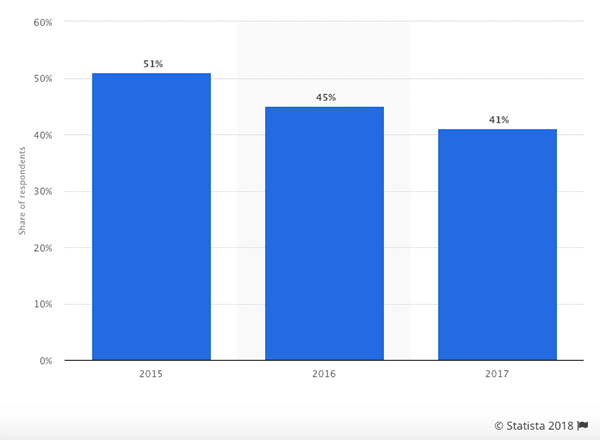Stay updated!
The best customer experience content delivered right to your inbox.
Contact Center vs Call Center: What You Call Yourself Matters
by UJET Team |
Want to know how to make your company sound terribly out of date? Call your support organization a call center!
Call centers evoke an image of endless cubicles. Desk after desk of tired employees going about their workaday tasks with all the enthusiasm you’d expect from a Dilbert cartoon.
That’s certainly not how you want customers to view your business.
It’s much better to be known for providing the best possible customer experience. But great customer support isn’t easy. You need buy-in from the team, proper training, and a rigorous focus on customer happiness. This doesn’t take the customers into account either. When a customer contacts your team, they’re likely experiencing some pain with the product or service, and reaching out to a call center will trigger preconceived notions of how the interaction is going to play out.
By calling your team a contact center instead of a call center, you’ll be able to bypass some of these perceptions. Customers will still be contacting your team to help resolve their problems, but they’ll be able to do so on their own terms. Providing web, voice, and mobile app support lets the customer contact your team in the way that is most convenient for them. Your team will be starting each interaction out on the right foot.
So what does it mean to be a contact center versus a call center? We’ll break down each term and show how a few small changes in how you talk about your company can make a drastic difference in the customer experience.
What it means to be a contact center
A contact center meets the customer on their own terms regardless of how they choose to reach out. Offering this kind of multichannel support gives your team the ability to help the customer resolve issues faster and can help build a better relationship over time. As a contact center, you’ll be expected to provide voice, email, and chat support that functions together for streamlined customer experience.
Image via unDraw.
When a customer reaches out for help, they expect a certain level of service, and they’re willing to pay for it. In a recent study, American Express found that customers were willing to pay 17% more for an excellent customer experience. They will expect this kind of support across phone, email, chat, and social media platforms. This means that each of your customer support agents will need to be trained in each different kind of channel communication. Contact centers must provide:
- Voice — For complex and time-sensitive issues that will benefit from an actual conversation with the customer
- Chat — For everyday interactions along the customer journey
- Email — For less complex and time-sensitive problems
- Self-service — For the 91 percent of customers who likes to learn how to do things themselves
You can also include SMS support, so customers are able to reach out to the team whichever way is most convenient for them. Just make sure that each channel is integrated with the other channels. A contact center will only be as effective as your team’s ability to manage the customer experience across channels. An ultra-modern contact center platform like UJET will ensure that your team can easily interact with customers in the method that works best for them.
When working in a contact center, your team will also see the benefits. Being able to easily move between channels can help break up the day and keep your agents engaged with their current tasks. Offering multiple ways to get in touch with your team will also alleviate any potential frustration a customer would feel when always having to use the phone. A contact center is built to enhance the customer experience as well as make it easier for your team to resolve potential issues.
What it means to be a call center
A call center takes inbound phone calls from the customer. First imagined in the 1960s, they are historically built to field large volumes of calls, use scripted responses, and focus on getting the fastest (not best) solution possible. When a customer calls into a call center, they might even be calling an outsourced support team that is contracted by the company. Call centers will always make the customer feel like they’re starting off at a disadvantage.
Call centers also feel like a business model that’s out of touch with the modern day customer experience. With a decline in preference for voice support over the past three years, offering a single channel of communication doesn’t satisfy customers anymore.

Decline in customers contacting voice support via Statista.
That’s not to say that voice support is no longer important; there is any number of customer interactions that can benefit from a conversation on the phone. Seventy-five percent of customers still think phone support is the most effective way to get a quick response. However, if it’s the only kind of support that’s offered, both the customer and the team will suffer.
Customer support agents who work in call centers are more likely to experience burnout due to the volume of inbound calls. This can lead to decreased engagement and workplace happiness as well as potentially long wait times, which will affect the customer’s experience with your company. A proper cloud-based interactive voice response (IVR) system will help alleviate some of these issues for the team.
Why contact centers beat out call centers
In today’s market, providing excellent customer support means more than providing the best resolution for any given issue. Your team needs to engage with the customer seamlessly through a number of different channels to help them find the best solution to their problem. 75% of consumers expect a consistent experience regardless of how they choose to reach out to your team. That includes phone, online, in-person, and social media interactions.
When a customer reaches out, 72% of them also expect customer service agents to know their contact details, product information, and service history without being asked. With such high expectations, it’s no surprise that U.S. businesses are losing $75 billion a year due to poor customer service.
Contact centers are a great place to hear customer feedback. Your team is perfectly situated to speak with customers directly and share it with the rest of the team. Your agents on the front line with the customer every day, which gives them a unique perspective that melds the marketing and product descriptions with real customer sentiment. They’re able to synthesize these ideas and communicate how customers truly feel about the product.
But offering customer support that satisfies the customer regardless of how they choose to reach out to the company isn’t hard. A contact center gives your team the tools it needs to find success across multiple channels, which is a benefit of its own. Offering quality multi-channel service can help retain 89% of customers as opposed to just 33% otherwise. Whether you’re working to build out a contact center from scratch or upgrading your call center over time, the more you can offer customers, the better their experience will be.
The best customer experience content delivered right to your inbox.